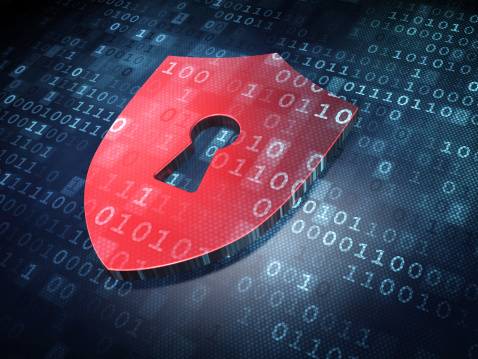Cyber threats keeping CEOs up at night
Exploring what the right cybersecurity path forward looks like

As millions of workers worldwide have shifted to permanent or semi-permanent working from home due to the coronavirus outbreak, businesses’ technology capabilities have been tested to their limits. Organisations have been forced to progress initiatives that might have taken months or years in a matter of weeks.
I have watched with admiration and amazement as a few short months later, organisational leaders and employees alike have become used to the situation. After the initial rapid shift, systems have become relatively stable, and leaders turn to the question of longevity. Cybersecurity in this context now takes on additional considerations. It was already important in a world where businesses were becoming increasingly digitized, but with staff accessing sensitive networks and data from anywhere, for the foreseeable future, the potential for breaches and incidents is heightened.
In the current economic slowdown, many businesses are fighting to remain stable and operational. There’s a lot that needs attention, and the last thing any senior leader needs is the fallout from a major security breach or attack. But threat actors know organisations are using collaboration and connectivity tools as a lifeline, and they’re adapting to take advantage. With the number of individual endpoint devices connected to a typical corporate network now vast, there are a lot of points of potential entry if unsecured.
The role of cybersecurity
It’s clear that many business leaders know the role that cybersecurity plays in ensuring overall business continuity and trust. Forcepoint recently surveyed 200 CEOs and CISOs across several industries to get a sense of their cybersecurity priorities and plans for the future, with 76% of leaders saying they were concerned about their organisation becoming the next headline-grabbing security breach. At the same time, however, 87% thought their security team was consistently ahead of cybersecurity threats.
This disparity is particularly interesting as businesses seek to invest in increased technology capability, and at the same time try to manage the potential for increased cyber risk. Two-thirds of the executives in Forcepoint’s findings recognize the increased exposure to cyber threats their organisations are opened up to because of digitization. Digital transformation has increased the pace of everything, and that includes the speed at which cyber threats can escalate.
Challenges of cybersecurity
The research also raised a clear divide within the boardroom on what the right cybersecurity path forward looks like. While CEOs prefer to be proactive and risk-focused (58%), more than half (54%) of the CISOs said they embrace a more reactive, incident-driven approach to mitigating today’s threat landscape. It’s understandable that CISOs, with more of a sense of activity on the ground, would want to move and resolve developing problems in an agile way. This approach can have its value, but constantly racing to put out fires is neither good for team morale nor tackles the root of the problem.
What makes this more difficult is the vast array of different security vendors and products a typical enterprise uses– as many as 50 separate vendors on average, according to our research, with 62% of business leaders reporting they want even more. This sentiment comes despite a background of widespread vendor fatigue, more vendors and tools does not equal better security. Security tools have rightly become more specialised and tailored, but with so many systems and software running at one time, there’s a real risk of information overload. Converged networking and security, found in approaches to security design like Secure Access Service Edge (SASE) can help combat this problem, bringing much-needed consolidation.
Sign up to the TechRadar Pro newsletter to get all the top news, opinion, features and guidance your business needs to succeed!
With this approach, branch offices, remote and mobile users alike can connect to any enterprise resource through a central system, providing better visibility and more efficient security. Both network and security control take place in tandem, opening the door to features like zero-trust access to data. An approach like SASE is much more adaptive and suited to the way organisations today are using networking IT infrastructure and working with data.
Traditional approach no longer enough
The traditional perimeter-based approach is no longer enough for the modern enterprise. By focusing on user activity and behavior, particularly by establishing what ‘normal’ looks like, suspicious incidents become far more obvious.
The centralized office, for many of us, is an option rather than the only option. Some form of remote and flexible working will likely remain a permanent part of all our lives. The businesses that will be most successful in this environment will be those that look at how people and data come together and interact, rather than focusing on specific threats. Working from static rules and policies creates too many false positives, to the point where genuine threats can slip through the net. The actions leaders take now will determine whether their organisations thrive, or simply survive.
- Dave Barnett, Director of Edge Protection EMEA at Forcepoint.
- We've rated the best cloud storage.
Dave Barnett, Director of Edge Protection EMEA at Forcepoint. He believes that security is about allowing things that matter to a business to happen, digital disruption is changing the way vendor - client relationships work - it's no longer buyer/vendor. For him a successful outcome is one where both sides maintain a positive long term relationship. Integrity and openness is of the utmost importance and both sides work together to achieve shared objectives.
